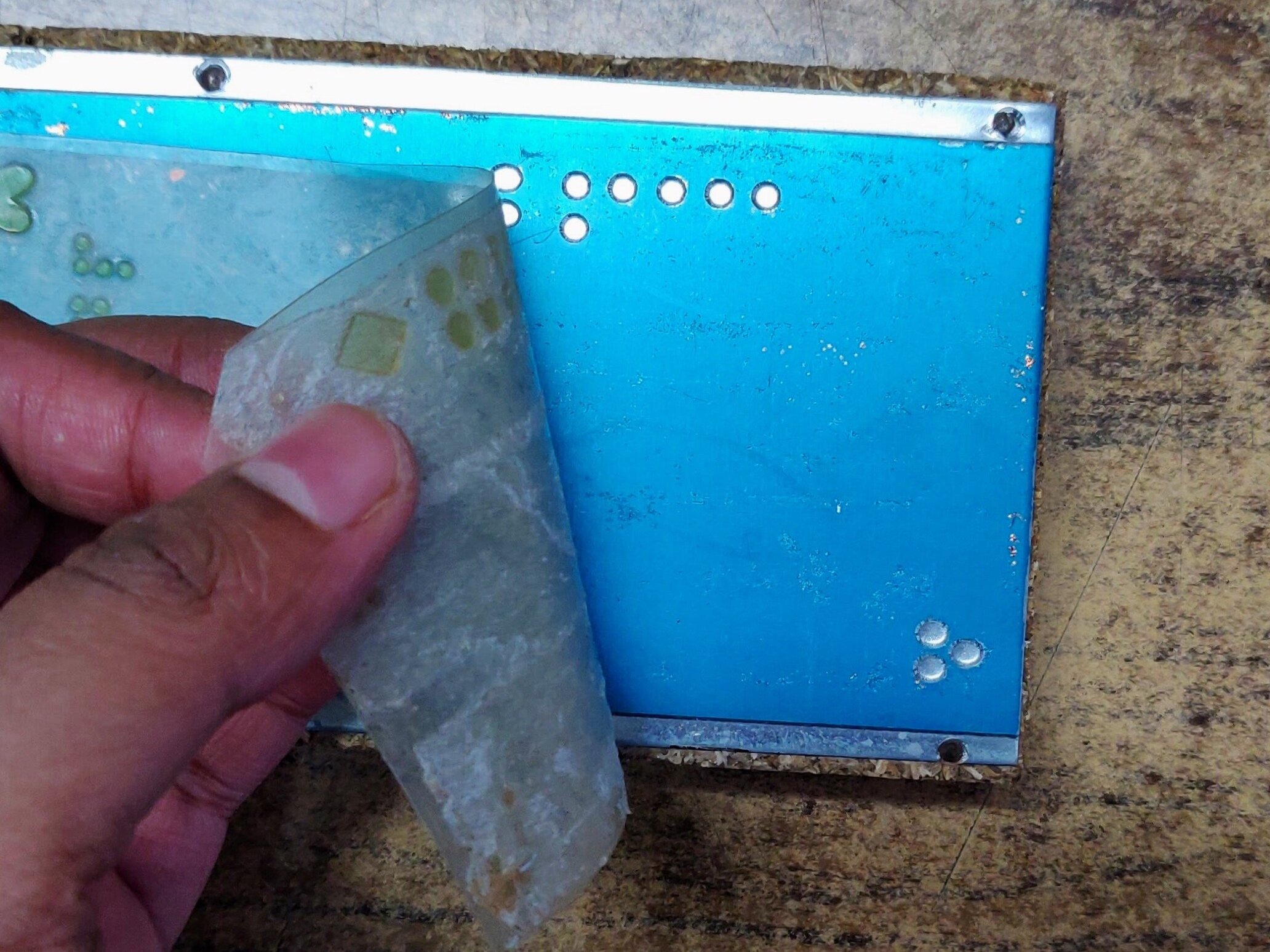Design for manufacturing involves efficient designing during the product design stage and finding the right method of manufacturing to get the best quality and to reduce manufacturing costs.
The process that we went through for manufacturing:
Product design
Production methods/techniques
Tooling
Costing
Usability study
1. To design the emboss characters of the product, and to identify the appropriate emboss technique for production.
2. Product function analysis on the design decisions by all team members.
3. Exploring the manufacturing methods and usability study to determine if the product factors can be improved further.
We explored three Printing Techniques:
- Spot UV
- Double UV
- Blind Emboss
Spot UV:
UV printing uses ultra-violet lights to dry the ink as it is printed. As the ink is distributed on the paper’s surface, the UV lights follow from behind, drying the ink instantly. In Spot UV, the UV coating is applied to the selected area on the printed paper instead of coating the whole surface. This method speeds up production and reduces the rejection rate of the product. The applied ink on the paper provides a gloss finish and its hardness resistance. Hence it is durable and has a longer lifespan of the product compared to the conventional printing method but this printing technique is expensive.
Double UV:
This technique also goes through the spot UV process. But the same process happens twice on the required emboss element of the paper. This technique increases the height of the emboss that makes it easier for Visually impaired children to identify the embossed element.
Blind Emboss:
Blind Emboss Zinc Die
In the blind embossing process, an embossed image is formed using male and female dies. Under extreme pressure, these die mold the paper to its shape, creating an extrusion/emboss. When embossed, the image is raised. There is no ink required in this process of blind embossing. We chose 300 gsm paper as it expands under the pressure of the mold and also it gives out better dimensional depth while encountering the process. Embossing reduces the sharpness and makes design elements look smaller. Hence it is appropriate to adjust the spacing and the size of the design element accordingly. The quality of the die will also have an impact on the quality of the embossing. Generally, Brass dies are better than zinc for detailed pieces and longer runs, but more costly. Currently, we have used Zinc die for tooling and testing the samples due to the availability and cost-efficiency.
We made 14 embossing dies for 42 playing cards. Embossing dies are made of sturdy metal that can be reused many times and retained for a longer period of time. Hence it was a one-time investment for the tooling. This method of embossing and printing has been cost-efficient compared to any other process. Further helping us provide the playing cards for the VI children at affordable pricing. We have currently manufactured 200 packs of Junior braille playing cards and distributed them across children’s homes in January month 2021 during the pandemic time. Due to the constraints, the Vision Empower team has been conducting virtual play sessions for the children.
In the first production set, VI children were happy with the product to have something of their own. But there are few drawbacks with the blind emboss technique where the embossed elements on the cards fade over time. And children were able to peel off the raised elements as the base of the card is made of 300 gsm paper. VI children were also finding it difficult to identify club suit cards as they get confused with the design of the suit with the counting of the dots.
We are also assessing the quality of the cards by participating in the play session with the children. Further, we planned to expand the production based on the feedback of the product.

